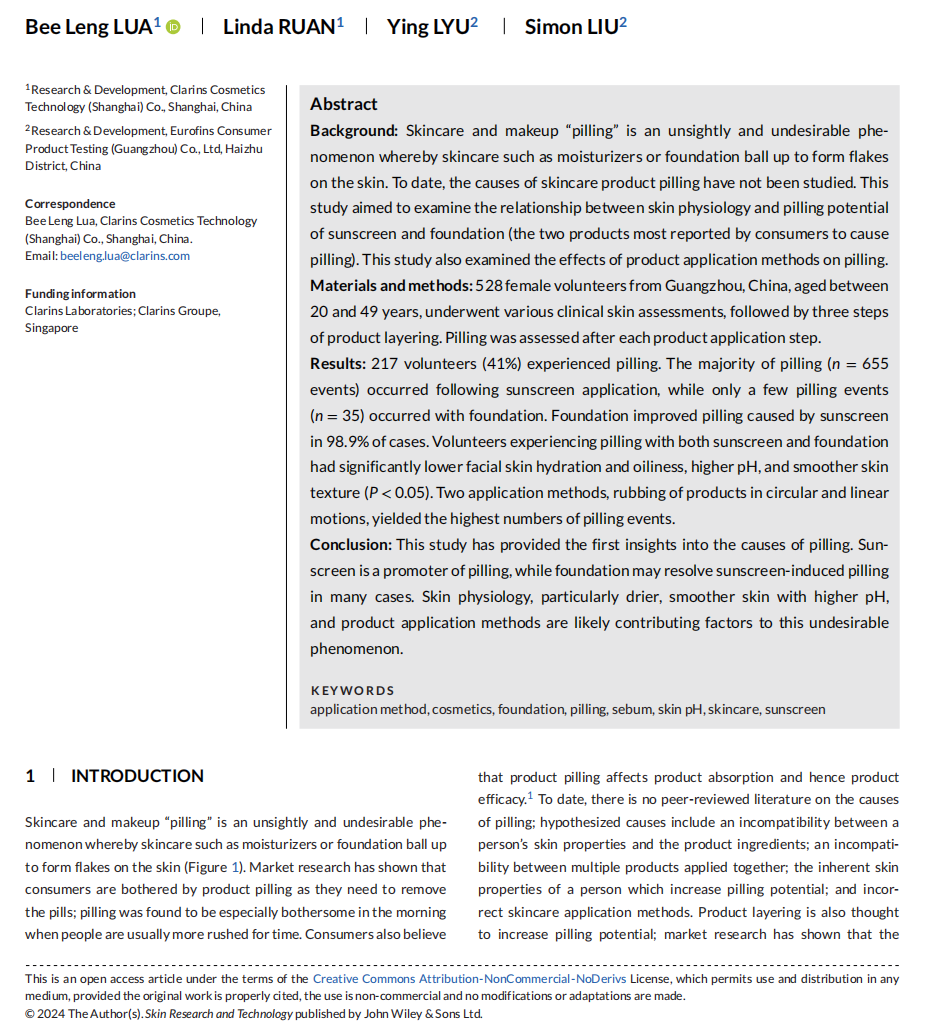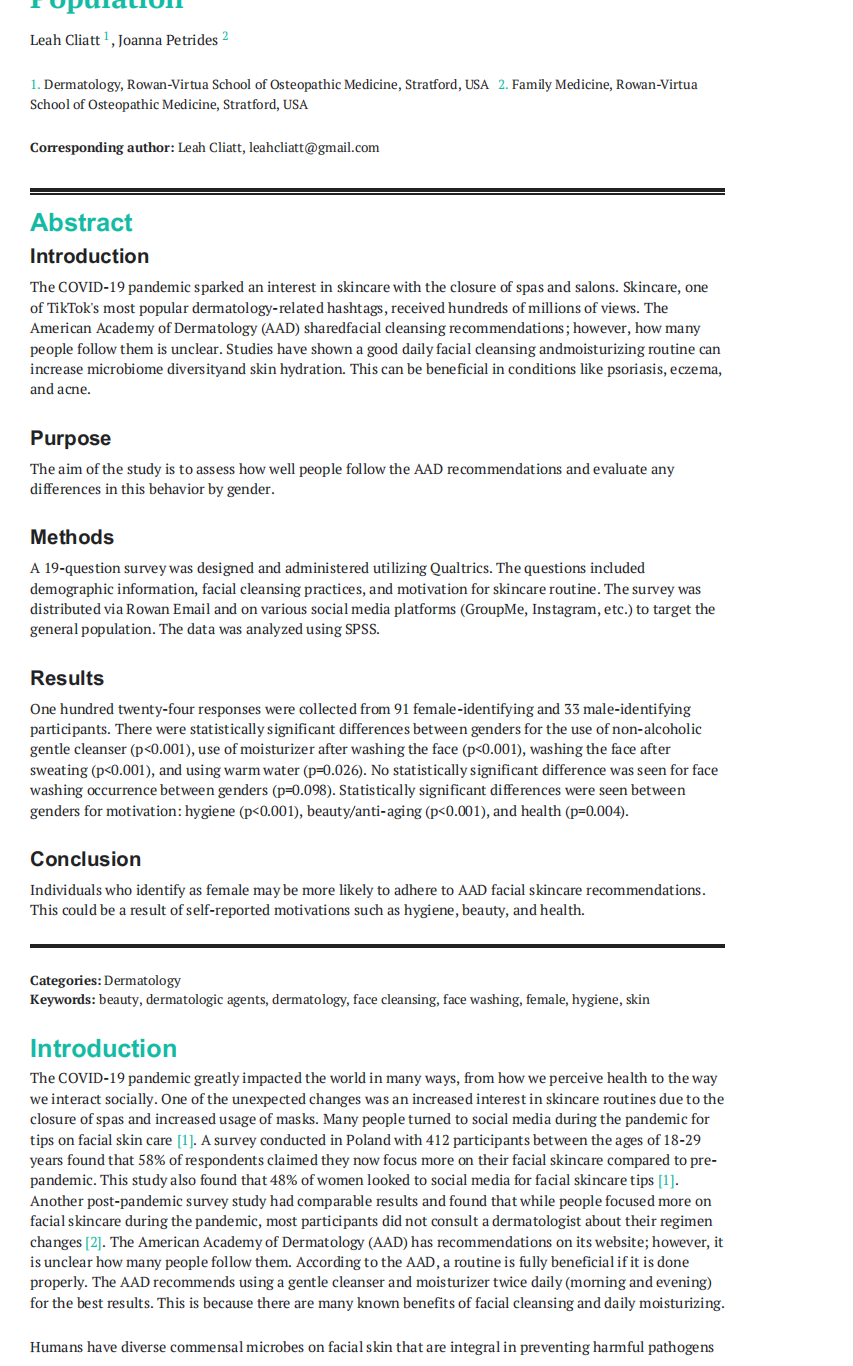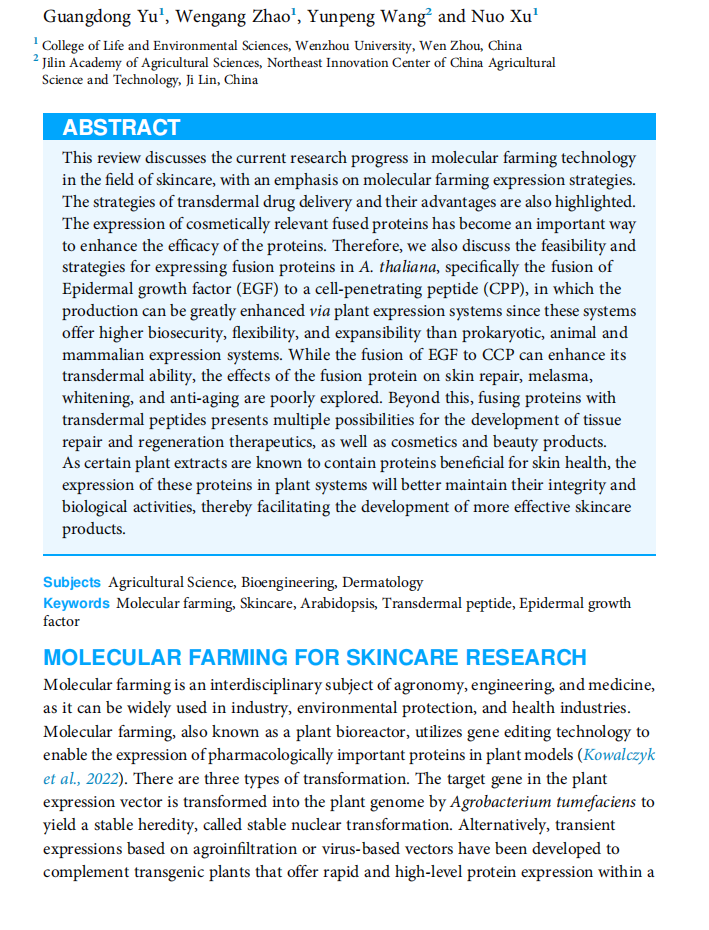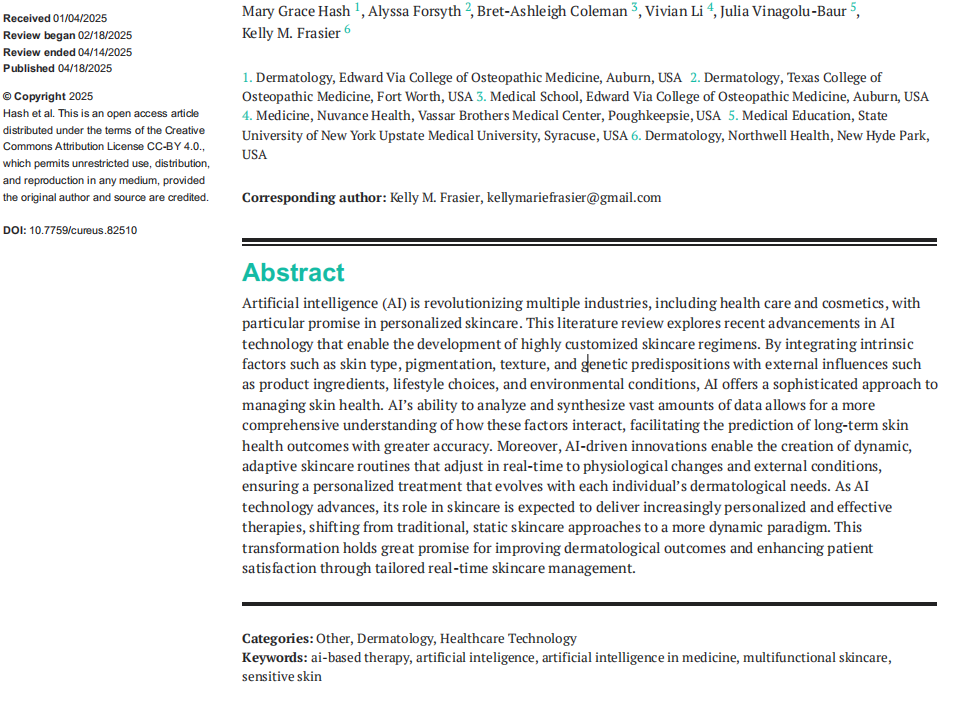
伤口世界



- 星期五, 29 8月 2025
An Optical-Fiber-Based Smart Textile (Smart Socks) to Manage Biomechanical Risk Factors Associated With Diabetic Foot Amputation
Bijan Najafi, PhD, MSc1,2 , Hooman Mohseni, PhD3 , Gurtej S. Grewal, PhD2 , Talal K. Talal, DPM4 , Robert A. Menzies, MSc4 , and David G. Armstrong, DPM, MD, PhD2
Interdisciplinary Consortium on Advanced Motion Performance (iCAMP), Division of Vascular Surgery and Endovascular Therapy, Michael E. DeBakey Department of Surgery, Baylor College of Medicine, Houston, TX, USA
2 Southern Arizona Limb Salvage Alliance (SALSA), Department of Surgery,University of Arizona, Tucson, Arizona, USA
3 Electrical Engineering and Computer Sciences, McCormick School of Engineering; Physics and Astronomy, Weinberg College of Arts and Sciences; Northwestern University, Evanston, IL, USA
4 Diabetic foot and Wound Clinic, Department of Medicine, Hamad Medical Co, Doha, Qatar
Corresponding Author:
Bijan Najafi, PhD, MSc, Interdisciplinary Consortium on Advanced Motion Performance, Michael E. DeBakey Department of Surgery, Baylor College of Medicine, One Baylor Plaza, MS:BCM390, Houston, TX 77030, USA. Email: 该Email地址已收到反垃圾邮件插件保护。要显示它您需要在浏览器中启用JavaScript。
Journal of Diabetes Science and Technology 2017, Vol. 11(4) 668–677
© 2017 Diabetes Technology Society Reprints and permissions: sagepub.com/journalsPermissions.nav DOI: 10.1177/1932296817709022 journals.sagepub.com/home/dst
Abstract
Objective: This study aimed to validate a smart-textile based on fiber-optics for simultaneous measurement of plantar temperature, pressure, and joint angles in patients with diabetic peripheral neuropathy (DPN).
Methods: After in-vitro validation in the laboratory, 33 eligible subjects with DPN were recruited (age: 58 ± 8 years, BMI: 31.5 ± 8 kg/m2 ) for assessing plantar pressure and temperature during habitual gait-speed in a clinical-setting. All participants were asked to walk at their habitual speed while wearing a pair of sensorized socks made from highly flexible fiber optics (SmartSox). An algorithm was designed to estimate temperature, pressure, and toe range of motion from optical wavelength generated from SmartSox. To validate the device, results from thermal stress response (TSR) using thermography and peak pressure measured by computerized pressure insoles (F-Scan) were used as gold standards.
Results: In laboratory and under controlled conditions, the agreements for parameters of interest were excellent (r > .98, P = .000), and no noticeable cross-talks between measurements of temperature, angle, and pressure were observed. During clinical data acquisition, a significant correlation was found for pressure profile under different anatomical regions of interest between SmartSox and F-Scan (r = .67, P < .050) as well as between thermography and SmartSox (r = .55, P < .050).
Conclusion: This study demonstrates the validity of an innovative smart textile for assessing simultaneously the key parameters associated with risk of foot ulcers in patients with DPN. It may empower clinicians to objectively stratify foot risk and provide timely care. Another study is warranted to validate its clinical application in preventing limb threating problems in patients with DPN.
Keywords
diabetic foot ulcer, SmartSox, wearable, fiber optics, plantar pressure, plantar temperature









